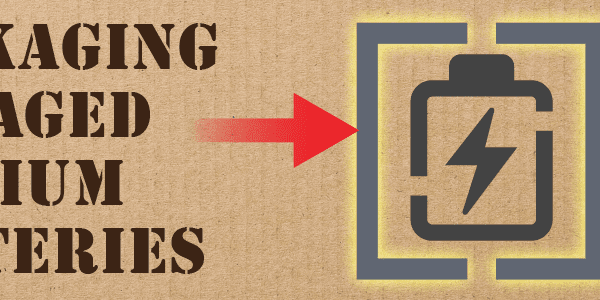Safety training for workers is a key component of occupational health and safety regulations throughout North America.
Training & Education
Although the dictionary definitions distinguish between the two terms (To paraphrase – “Training: …action of teaching … a skill or type of behavior…”; “Education: The process of receiving … instruction … or … information about or training in a particular subject…”), the objective is to ensure that workers have both the knowledge and skills to ensure that they return home safely at the end of the day. One might add “in at least as good condition as when they arrived” (although when I worked in the pharmaceutical industry some people qualified that – “no better or worse than when you arrived…”).
View all of our Workplace Safety and HazMat/DG training courses »
Regardless of the term used, the processes require that workers receive knowledge of both the specific skills and behaviors to maintain a safe work environment; as well as the knowledge to apply the skills effectively to identify known or developing hazards and protect against them. Also, although we hope it’s “insurance” in our enlightened world, knowledge of rights and responsibilities under occupational health and safety regulations is an important piece of the program.
Although skill training often focuses on the mechanics of how the worker is to do tasks (e.g. put on a harness, wear a respirator, fill out a confined space risk assessment), these aspects generally fall under “avoidance” rather than the upstream activities of elimination, prevention or control of the actual hazards. In an internal responsibility environment – where each party (government, employer and employee) has an obligation to ensure a workplace without adverse safety or health occurrences – an effective program must start with the educational aspect and address the behaviors (“training” ) of those with the authority to effectively eliminate or control systemic hazards. Identification of the hazards and potential means of elimination/control relies on the knowledge of all workers (including management).
This knowledge can yield solutions well beyond standard behavioural changes and administrative controls. I’m reminded of a quote from David Dehaas, an erstwhile editor of the OHS Canada magazine, who once wrote: “if people just won’t do it the right way, it’s not the right way.” Knowledge and training can help ensure an efficient signpost to find the “right way”.
For training and instruction in areas such as OSHA General Industry/Specific Hazard subjects, HazCom2012, Canadian WHMIS or HazMat/DG transportation contact ICC and trust the experts.






Thanks Clifton for posting this informative article.